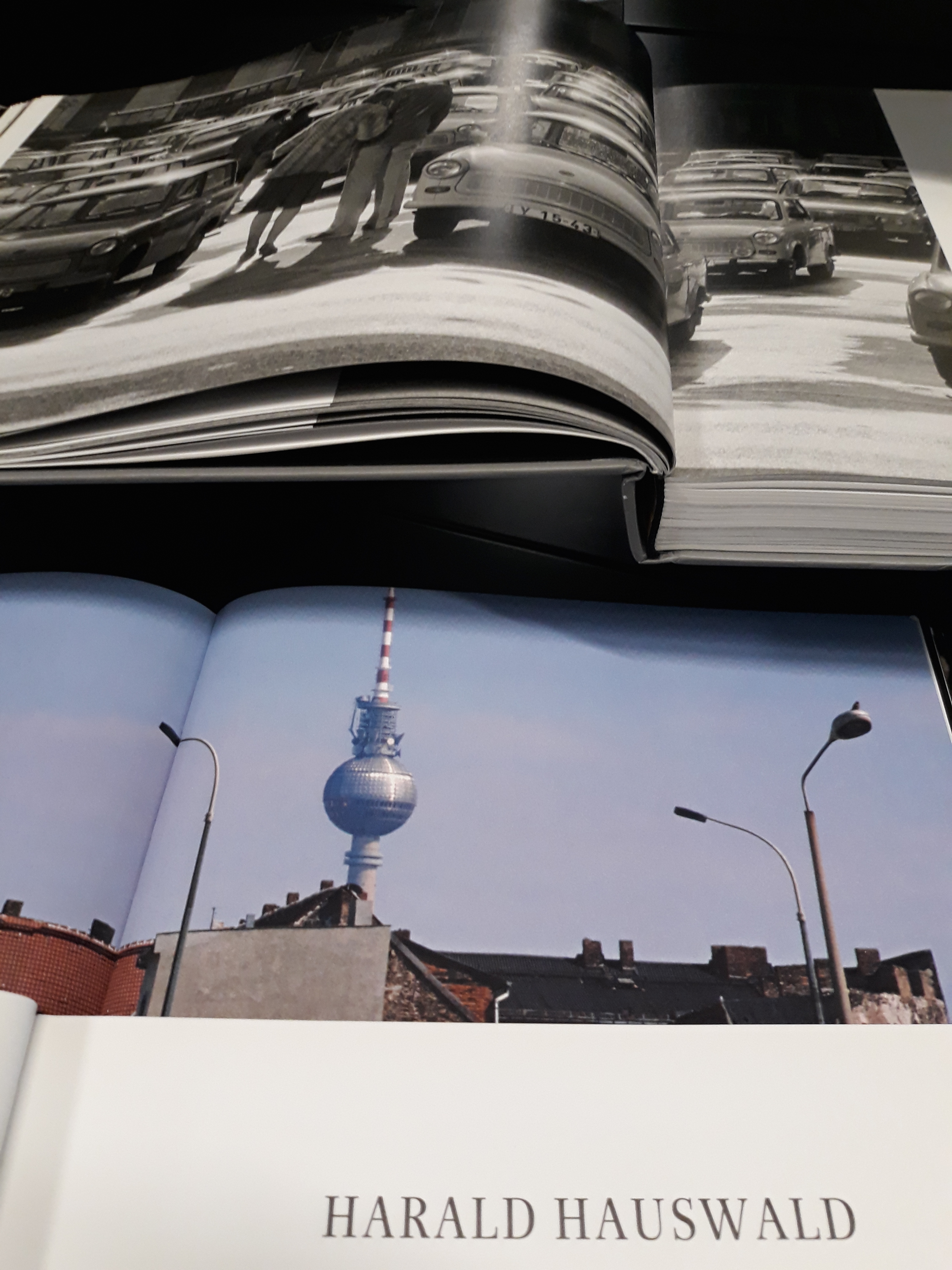During the 1960s and 1970s documentary photography and, moreover, photography which critically depicted life outside the official narrative was forbidden in the GDR. One should consider that photography was not part of the official artistic program of socialist realism either. Only in the later years of the regime was photography tolerated as an artistic medium and publicly exhibited. Nevertheless, despite various artists rejecting the state's official narrative, photographic production during this time must be considered as functioning within the system, as the technical skills used by photographers were provided by state-supported institutions. Thus, photographers in the GDR who opposed the official documentary, ideologically framed depiction of the GDR, often explored their own personal and immediate environment, independently adopting their personal 'language' of photography. This means that capturing everyday life in the GDR became rather a personal adventure and a subjective collection of memories, moving between 'real life' and appearances, and beyond the representation of the 'great achievements' of socialism.
Harald Hauswald settled in the East Berlin neighbourhood of Prenzlauer Berg and took a job as a mail carrier. This allowed him to easily wander throughout the city and discover its various hidden places. Hauswald was a self-taught photographer, a flâneur, and an observer who found inspiration in various publications such as 'Fotografie' and the photographic albums of Henry Cartier-Bresson, Robert Frank, and other street photographers. He did not shy away from immortalizing decaying buildings and rundown bars, officially staged marches and slogans, parties, or Berliners themselves. From rockers and punks to drunken, and the young and old men, the significance of Hauswald's photography significance lies in how the photographer artistically captured a wide and diverse spectrum of the GDR society. He explored the photography as an artistic means of immortalising life in the GDR, going beyond the state measures of using photography as means of propaganda.
He displayed his pictures in closed circles, in private apartments, churches, and youth clubs. Although he did not join the Union of Artists of the GDR in his earlier years, Hauswald would attend a photographers' reunion starting in 1983 and gatherings organized by Arno Fischer and Sibylle Bergemann. His photos were never printed in the GDR, only in the West, such as his photography for the critical report on youth in the GDR VEB Nachwuchs published in 1983 by Rowohlt Verlag in Hamburg. He soon after became subject of Stasi surveillance, under the code name 'der Radfahrer' (the cyclist).
His 1987 book East-Berlin, including text from Lutz Rathenow, was published by Pieper Verlag in Munich. It was immediately prohibited in the GDR but presented at the since-famous Gethsemane Church in East Berlin. Following this event, the regime understood that recognizing Hauswald as a photographer would be a more efficient way of controlling than persecuting him. Consequently, towards the end of the regime, Harald Hauswald received a series of scholarships which supported his work, and he was accepted into the official Union of Artists just before the regime’s downfall.
Since November 2017 the Federal Foundation for the Reappraisal of the SED Dictatorship has acquired non-commercial user rights for approximately 6,000 digitalized negatives from the private collection of Harald Hauswald, managed by the OSTKREUZ Agency of Photographers (OSTKREUZ Agentur der Fotografen) in Berlin. The aim of the collaboration of the OSTKREUZ Association (OSTKREUZ Verein), the Federal Foundation for the Reappraisal of the SED dictatorship, and the OSTKREUZ Agency is to publicly disseminate Hauswald's previously unpublished photographs, considered an indispensable source of information on everyday life in the GDR, on the development of urban space in East Berlin, on youth culture, and on the work of opposition groups and artists.
Hauswald's photographic contributions are essential for COURAGE due to his insight into GDR society and everyday life. These span GDR youth culture to various subversive bohemian and punk groups, but also include diverse portraits of Berlin’s society and cityscape, and eventually the peaceful revolution. His works are currently held in various collections in the German Historical Museum, the Märkisches Museum in Berlin, and in the Zeitgeschichtliches Forum in Leipzig, and have been widely exhibited, including among the most recent 'Voll der Osten. Leben in der DDR' (The East. Living in the GDR), organized by the Federal Foundation for the Reappraisal of the SED Dictatorship in January 2018.

